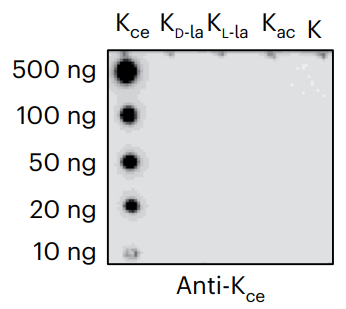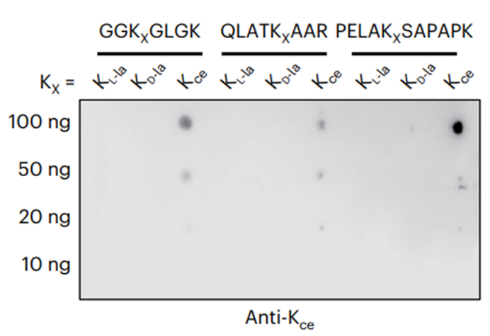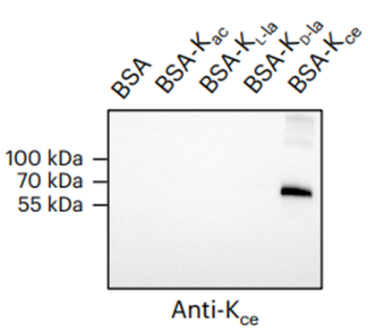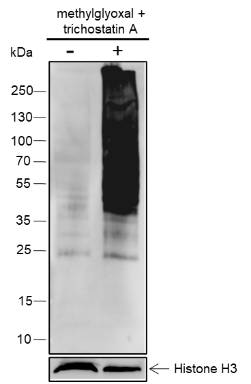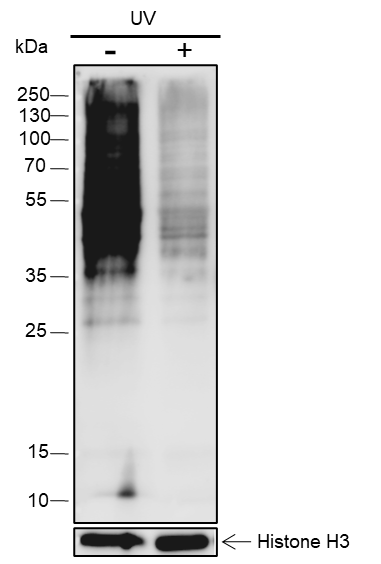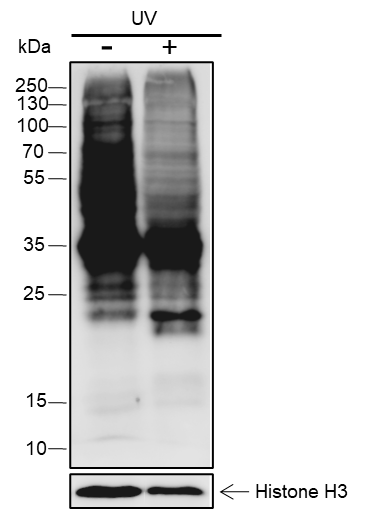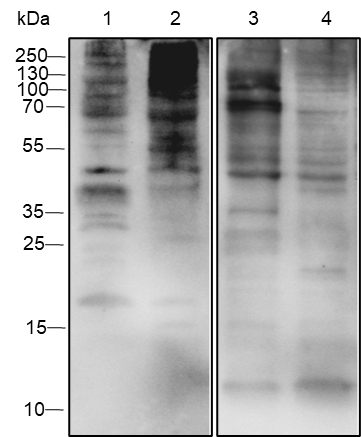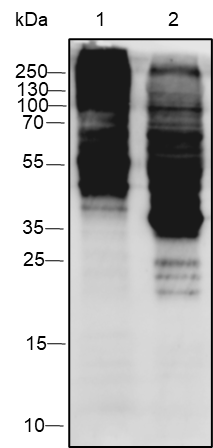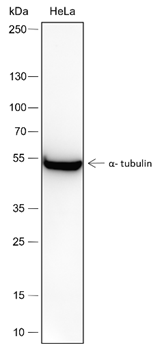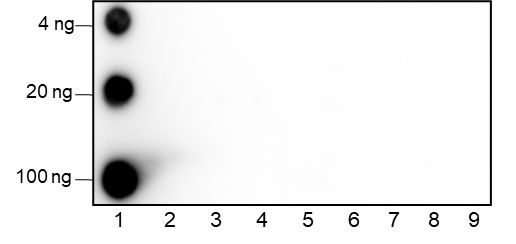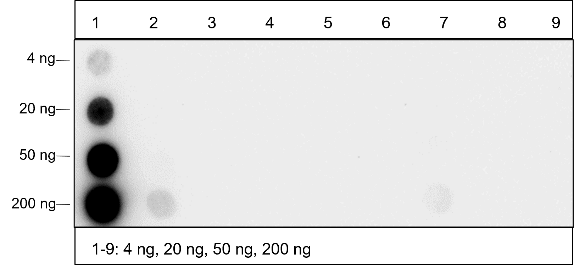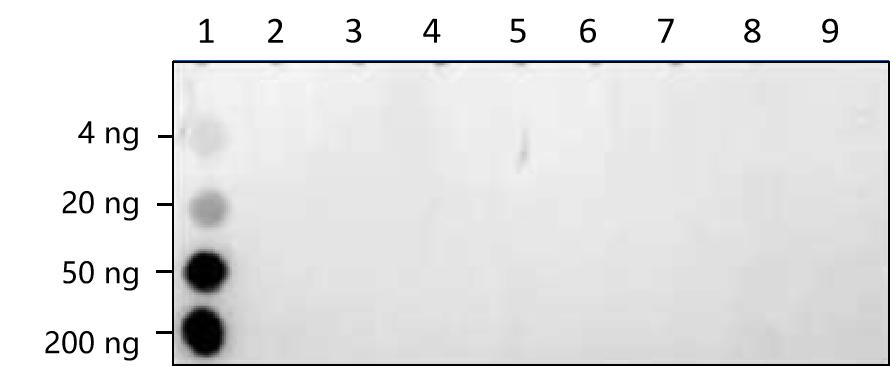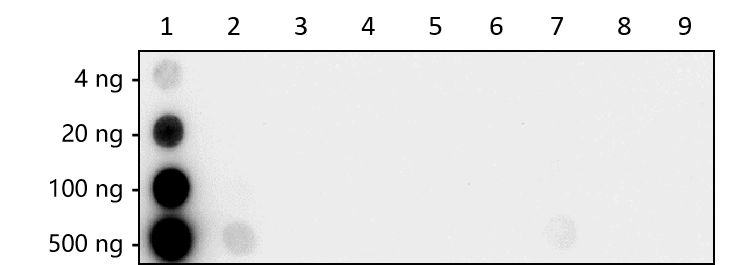Background
N epsilon-(carboxyethyl)lysine (CEL), one of the advanced glycation end products (AGEs), is a stable, nonenzymatic chemical modifications of protein lysine residues arising from glycation and oxidation. Kce can alter the structure and fuction of proteins, affecting their activity, stability, and interactions. This modification is closely related to the metabolic state of cells and may play an important role in metabolic stress and disease conditions. Kce has been reported to be associated with various pathological processes, including diabetic complications, atherosclerosis, and neurodegenerative diseases. Notably, thelevels of Kce are significantly elevated in diabetic complications and cardiovascular diseases.
Cellular location
/



